1.Change the water regularly. One of the things that causes cut flowers to wilt so quickly is bacteria in the water. The most basic thing you can do to preserve cut flowers is to change the water once a day. Use lukewarm water.
Ad
2.Treat the water. You can also treat the water to inhibit bacterial growth. Two tablespoons of sugar, apple cider vinegar, or even a penny at the bottom of the vase can keep your flowers looking fresh for longer.
3.Take care of the stems. Different types of flowers have different types of stems, and different types of stems require different treatments in order to keep your flowers looking fresh. The most basic way to treat the stems is to trim the ends a small amount each day when you change the water and cut them at a 45° angle but you may also want to:[2]
Split the bottom inch of the stem for woody stems like lilacs. This helps it absorb more water.
Sear the stems of milky stemmed flowers like poinsettias. This milk harms other flowers in the bouquet. Daffodils also produce this milk but searing won't work for them, so avoid using them in mixed bouquets.
Fill the stems of hallowed stem flowers, like dahlias. Fill the stem with water, plug the hole with your finger, and then submerge them. This will help them stay upright and fresh.
4.Keep an eye on the temperature. If it's too hot or too cold in the spot you've placed your cut flowers, they will wilt much more quickly. Move them to a good, temperature neutral spot.
Some flowers, however, do better at warmer temperatures. If you have tropical flowers, like Bird of Paradise, consider a warmer spot.
5.Remove excess leaves. Remove leaves, flowers, or branches which would fall below the water line. Having these in the water encourages bacteria growth.
6.Cull flowers as necessary. Once flowers start to get really wilty, pinch them off. This will help keep the plant from throwing a bunch of energy into maintaining them.
7.Use appropriate tools. Don't use household scissors to cut plants. These are intended for paper and can hurt the plant's ability to absorb water. Use tools that are intended for flowers and plants and make sure they're kept sharp.
8.Use preservatives. You can also add preservatives to the water, like Floral Life, and these will help provide your flowers with the nutrients that they miss out on after they're cut. This will significantly increase the life of your cut flowers.
Method 2 of 3: Potted Flowers
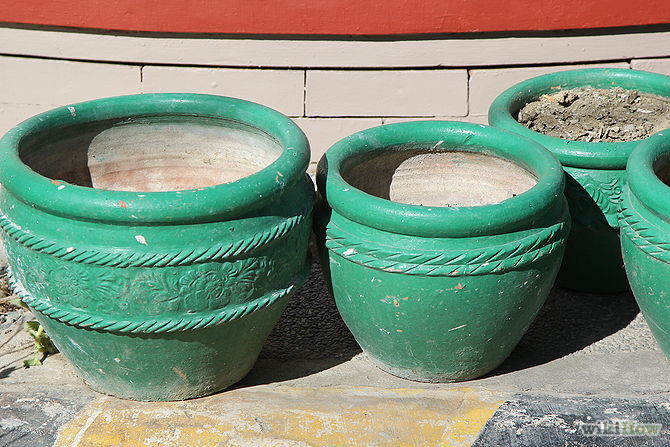
1.Use the best possible pot. You need to use a large enough pot with good drainage. You might also want to consider pots made out of plastic or resin, since these won't absorb water that should go to the plant.
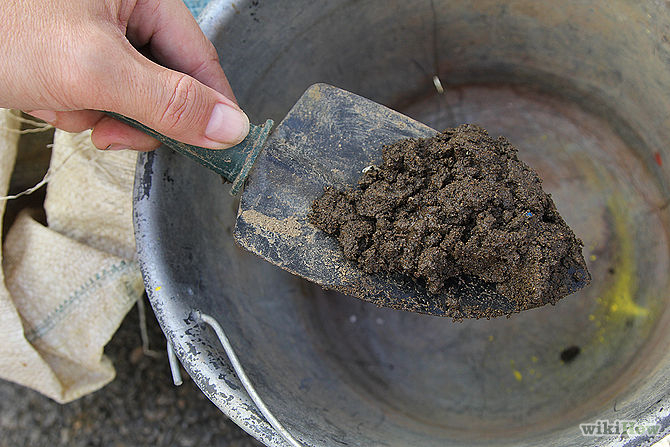
2. Use the appropriate soil. Potted plants need a more nutrient rich soil than garden plants, since they don't get the benefit of water circulation like regular plants. Use a high-quality potting soil and pair it with some mulch or compost.

3. Keep an eye out for pests and mold. Potted plants, like garden plants, are prone to pests and mold. Even more so because they lack the natural environmental counterbalances. If mold develops on your soil, remove the top layer of soil and replace it. If you end up with a pest problem, deal with it promptly before your flowers are negatively affected.
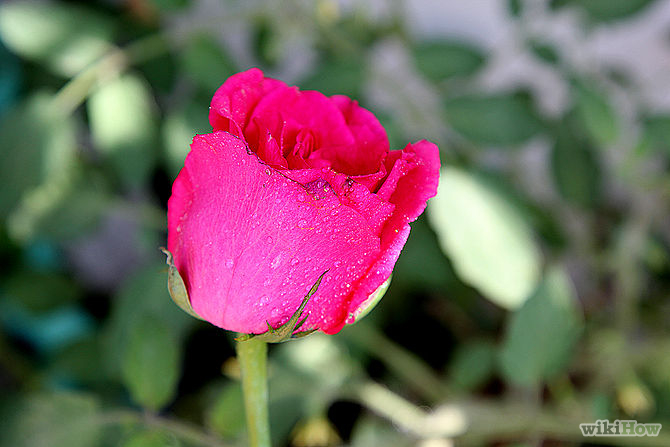
4. Give the flowers the right amount of sun. Different types of flowers need more or less sun. Carefully plan where you will place your pots so that the flowers get the correct amount. You'll have to keep the light angle, time of day, and directionality of the sunlight in mind when placing the pot (don't just put a sun-needy flower in front of just any window).
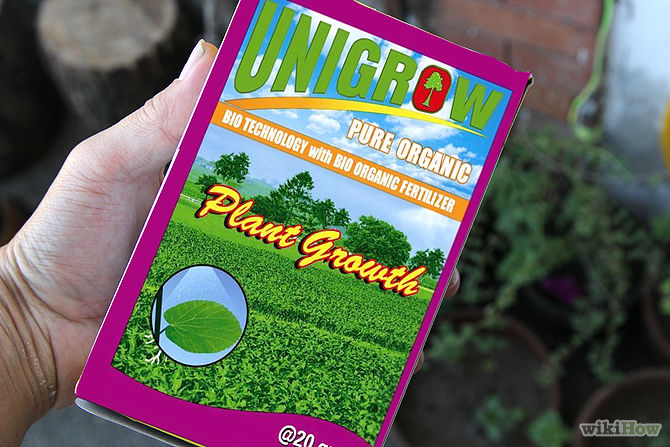
5.Introduce some fertilizer. If the plant doesn't seem to be taking off in the way you'd like, introduce an appropriate fertilizer for that particular plant. Consult your local nursery for a good product.
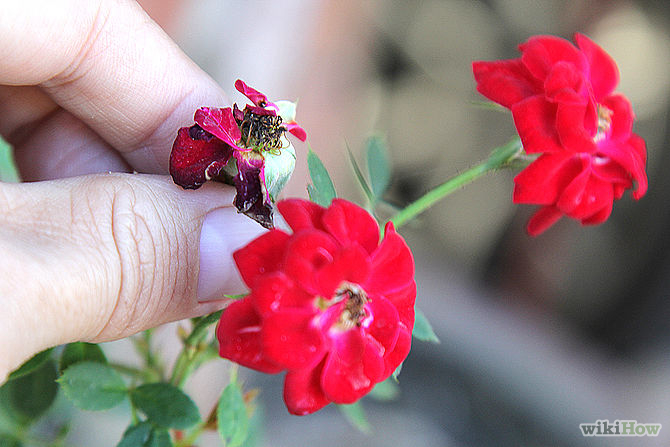
6.Deadhead to encourage more blossoms. When the blossoms get wilty or are simply growing in an unnecessary location (such as under the rest of the plant), you can encourage more and healthier blossoms by pinching off the ones you don't want.

7.Maintain a good watering routine. Water correctly and regularly. The temperature of the environment, exposure to natural rainfall, the type of soil, and the type of plant all play a part in how much water your flowers will need.
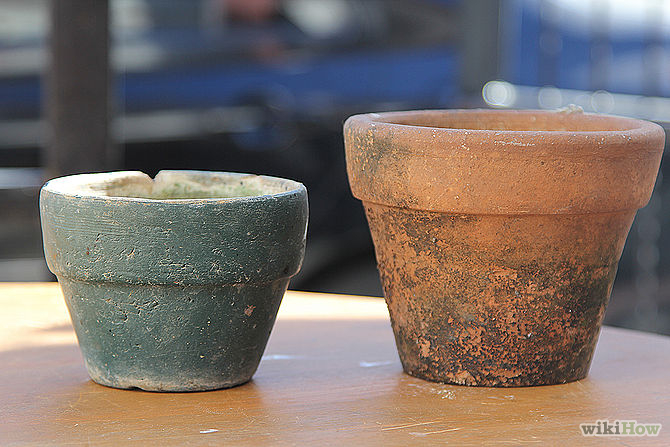
8.Increase the pot size if necessary. Check your plant every now and again to see if it needs a bigger pot. Turn it over and look at the drainage holes. If lots of roots are poking through, you need a bigger pot.
Method 3 of 3: Bedded Flowers

1.Control pests. Outdoor flowers are a favorite for bugs and other wildlife (roses are like deer creme brulee). Treat your flowers or build them a removable greenhouse to keep them safe and growing happily.
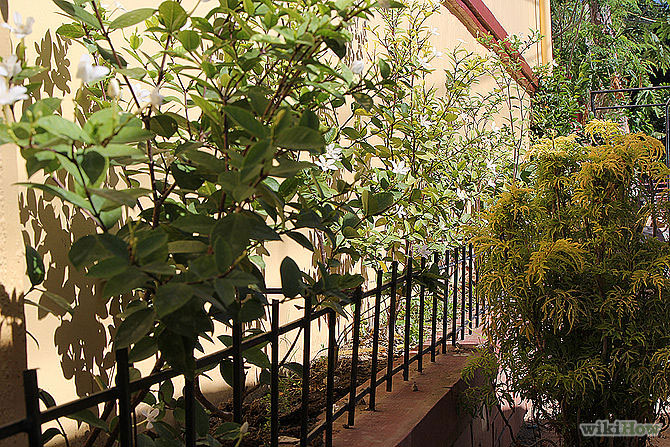
2.Protect them from the sun. Some flowers require full sun, some prefer partial, or even full shade. Make the most of your house to provide these needs - use the sunny side for sun-lovers and the shady side for shade-dwellers.
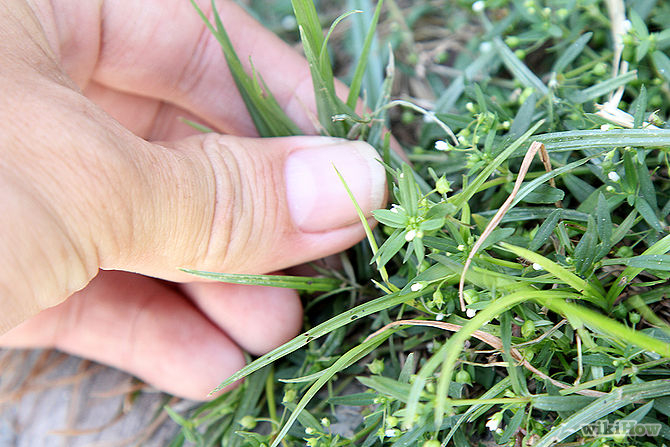
3.Weed, weed, weed. Weeds will take away resources from your flowers and keep them from reaching their full potential. Generally, you know this. But what you may not be doing is staying really vigilant. If you can weed every day or every two days, that is best. Don't just occasionally remove one or two really bad weeds. Try to get them all.

4.Deadhead, disbud, and prune. Remove blossoms which have begun to wilt, remove excess flowers before they start to bloom, and cut back dead or overgrown branches. This will help your plant to focus on the blossoms that you want it to.
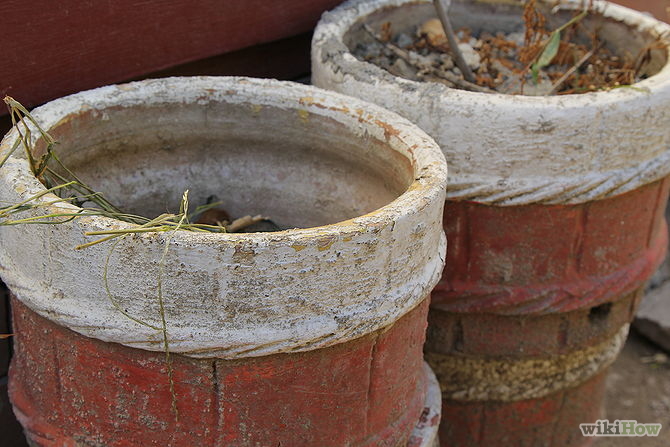
5.Carefully time plantings and transplants. You want to save your plants from the risks associated with frost. Carefully time plantings and transplants so that it is not too cold or too hot. They are delicate and often can't handle the shock!
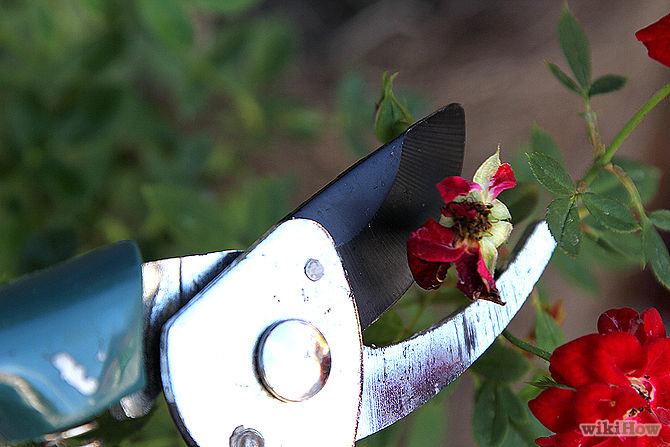
6.Know when to cut plants back. Some plants bloom better if you prune or cut them back at specific times of year. For example, summer-blooming trees and bushes benefit from a winter pruning. Look up the specifics for the types of plants you have.

7.Keep an eye on your soil. Plant them in good, suitable soil with plenty of compost for nutrition, mulch for water retention and space to grow. You'll also want to pay attention to the pH. Check what is recommended for the flowers you grow and adjust your soil accordingly.
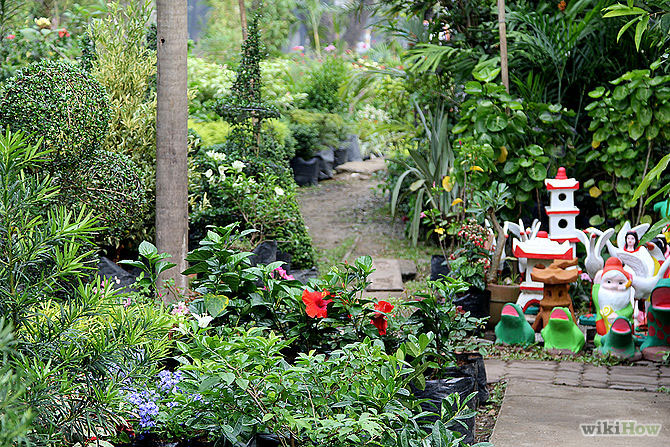
8.Mix high and low maintenance flowers. If you have an entire garden that requires constant high maintenance, then none of your special blossoms are going to be able to get the attention they really need. Mix flowers you don't have to pay as much attention to with those that need more care to help ensure that all of your flowers reach their full potential.
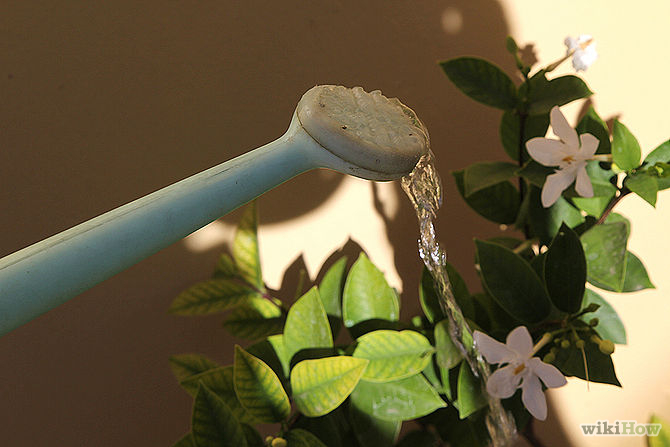
9. Water flowers regularly. It is important to get the watering balance right - don't over water or the flowers might rot. Don't underwater or they might not get enough and wilt and die. It is very important to know the requirements of your type of flower.
By wikiHow